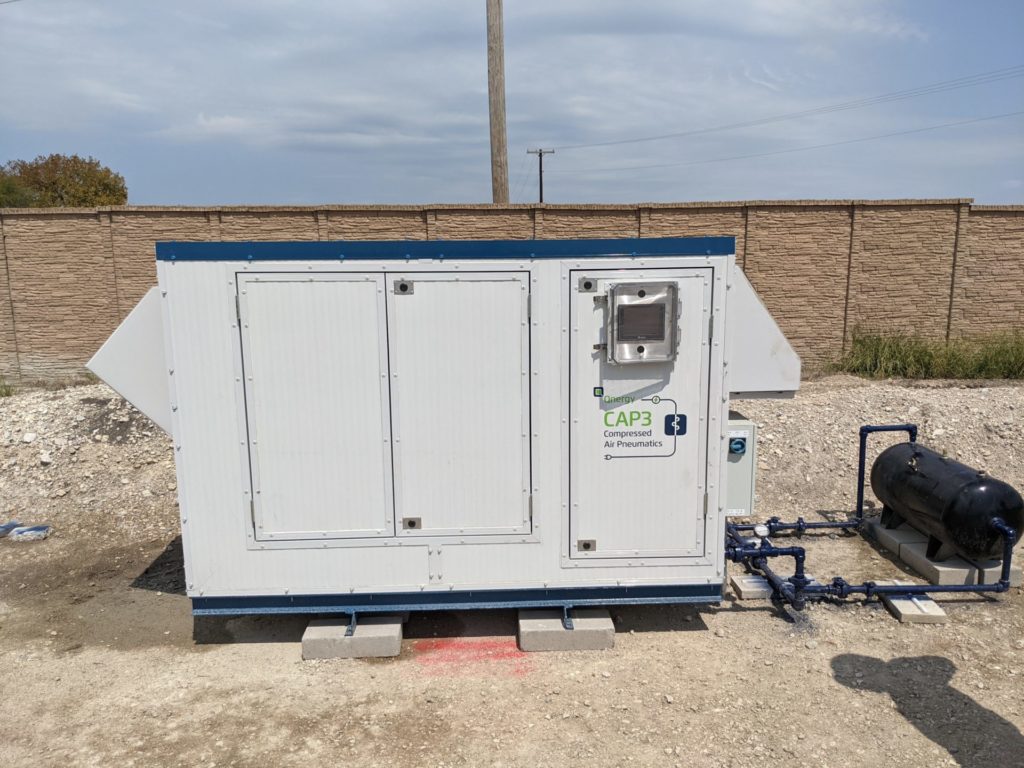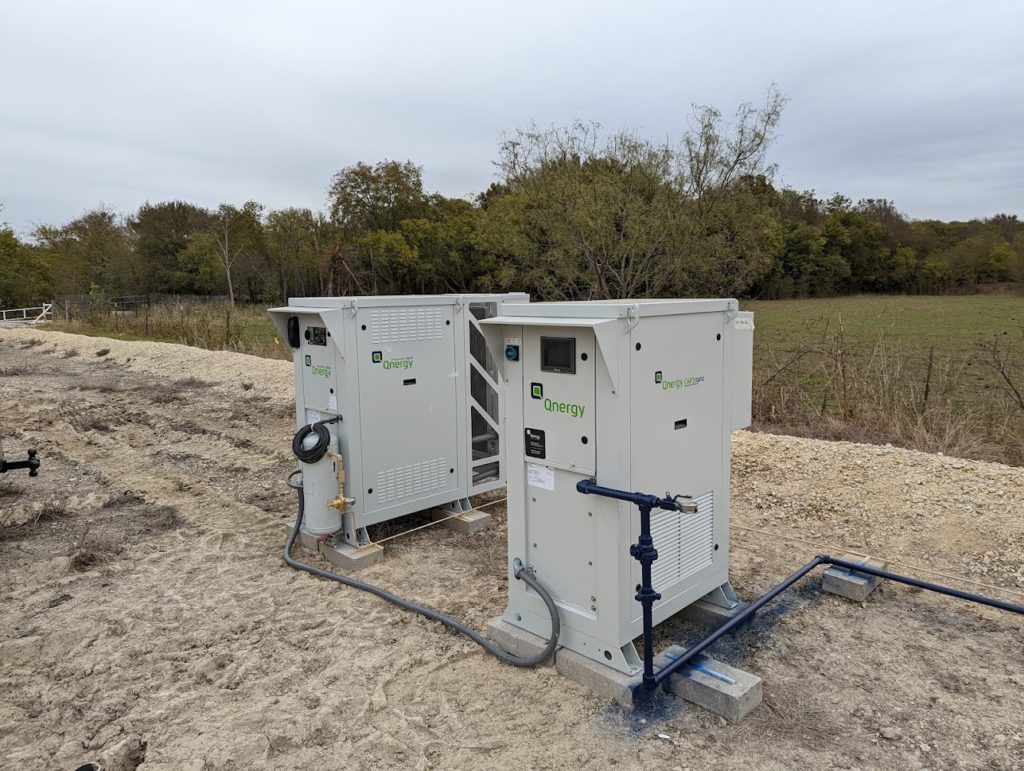Success Story
Methane Mitigation
The Climate Challenge
Leading energy companies are being challenged to sustainably deliver clean and affordable energy. This dual challenge of delivering more energy with less carbon emissions concerns society as a whole.
The Status Quo
Pneumatic devices powered by pressurized natural gas are widely used in the natural gas industry for process control and chemical injection. Gas powered pneumatic devices vent spent gas directly into the air, threatening the clean fuel advantages of natural gas. Methane (CH4) is the primary component of natural gas and is recognized to have a global warming potential 84x greater than CO2 over a 20y time horizon (IPCC AR5).
The Opportunity
Qnergy’s CAP is an innovative product that replaces the methane emissions of pneumatic devices. Qnergy’s proven PowerGen Stirling engine is the heart of the CAP solution, efficiently combusting normally vented methane, while economically providing reliable electric power and clean, dry instrument air. The CAP system conserves valuable instrument gas and eliminates methane venting at the well pad.
The Solution
Qnergy deployed a CAP system at a multi- well pad in the Barnett Shale formation in Texas. The purpose of this 30-day trial was to quantify and characterize the pneumatic gas and electric power requirements of a typical 4-5 well pad. With Dashboard remote monitoring, system performance was measured and logged. In 30 days, the instrument air system had mitigated the vented emissions of 42,515 ft3 of gas.
Moving Forward
TotalEnergies has decided to install this new technology by deploying 100 units on the Barnett field in 2021 and 2022. The deployment of 300 additional units throughout the field will reduce methane venting emissions from pneumatic devices by approximately 7,000 tons of methane a year by end 2024. Qnergy’s compact CAPM and Nano packages can be delivered standalone for grid powered sites. However, many well pads are in remote locations and suffer from a lack of reliable and sustainable electric power. High grid extension costs can make electrification prohibitive and permitting delays can be a scheduling challenge. This is where the PowerGen shines, delivering prime power while eliminating the need for large UPS or cycling battery banks. These right- sized systems can maximize system value, driving down the cost of methane abatement below $5/tCO2e.
Electrical System
| Accumulated Air Supply | 42,515 scf |
| Average Automation Power | 24/7 140W |
| Air Pressure | 115-145 psi |
| Air Flow Rate | 1.0 scfm |
| Annual CO2 Abatement | 900 tCO2 e/y |


